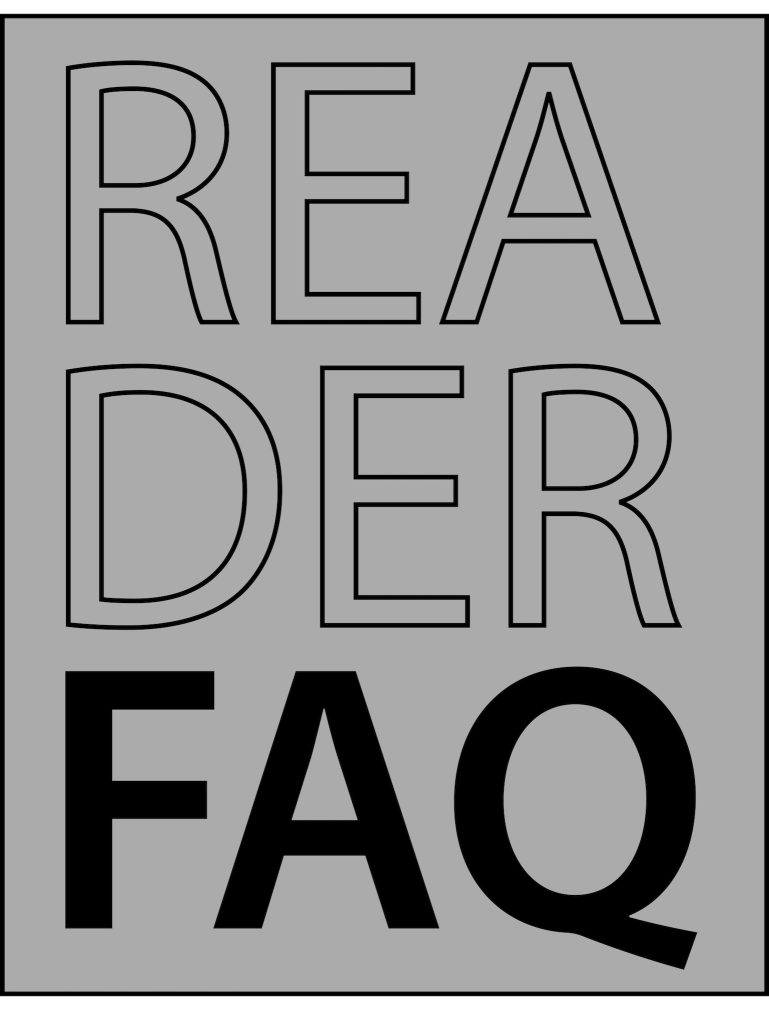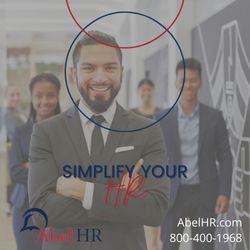As senior living communities face rapidly growing demands, many are finding that partnering with a Professional Employer Organization (PEO) provides a scalable solution for staffing, compliance, benefits, and risk management. By co-employing your staff with a PEO, you gain a team of HR experts to handle responsibilities like payroll, benefits, workers’ comp, and regulations. This allows your leadership to focus on providing exceptional care and experiences for residents.
The challenges are immense, from high turnover to complex compliance. Understanding the role a PEO plays can determine whether this solution will streamline operations and strengthen your workforce. Let’s look at the key benefits.
Mitigating Compliance Risks
Keeping up with employment laws and regulations at the federal, state, and local levels is daunting. From the Fair Labor Standards Act to FMLA to the ACA, non-compliance penalties like fines and litigation can be devastating.
A PEO handles all these compliance complexities as the co-employer. They have teams focused solely on interpreting laws, implementing processes to ensure your facility remains compliant across jurisdictions. They stay current on regulations, file paperwork, conduct audits, and provide guidance on relevant new legislation.
Think of a PEO as your proactive risk management partner. By ensuring sustainable processes, a PEO helps prevent costly violations and lawsuits.

This allows you to focus on excellent care rather than dealing with ever-changing red tape. It’s similar to relying on third parties for laundry, food, maintenance, and housekeeping services. You can trust the PEO’s expertise to competently manage all employee administration and compliance.
Competitive Employee Benefits
The labor shortage shows no signs of letting up. In such a competitive job market, you need robust benefits to attract and retain top talent. A PEO provides access to Fortune 500-level health, retirement, and other benefits that may be difficult to offer alone.
Your staff joins the PEO’s overall workforce, providing economies of scale and increased negotiating power when securing benefits. This levels the playing field to offer attractive, customized benefits on par with large competitors at lower premiums.
Staff will appreciate client service tools for easily understanding benefits, making elections, finding providers, and submitting claims. This elevates their overall experience and engagement.
Making it easier and affordable for staff to access quality health insurance, retirement plans, life/disability coverage, and voluntary benefits provides peace of mind. It shows you truly value their wellbeing as essential caregivers. In an industry struggling with high turnover, this can make all the difference in retention.
A Scalable Solution
One unique challenge is the ebb and flow in staffing based on fluctuating occupancy and census changes. What’s ideal one month could be inadequate the next as your population grows. This hiring/training cycle creates inefficiencies, increased costs, and potential gaps in care.
A PEO is designed as your scalable staffing solution to seamlessly adapt. When occupancy rises, a PEO makes it easy to quickly find, hire, and onboard supplemental staff, managing all aspects from recruitment to paperwork. Because the PEO is your employer of record, candidates joining their workforce qualify for benefits from day one.
When your census declines, you can simply stop using or reduce those temporary employees without terminating core staff. The employees remain employed and covered by the PEO — you only pay for the staffing services you need.
This scalability provides immense operational and cost efficiencies compared to managing hiring/layoff cycles yourself. You avoid being overstaffed and minimize care disruptions by easily accessing a bench of qualified, trained workers embedded in your community. The PEO covers all overhead, allowing you to focus on patient care.
Minimizing Business Risks
Senior living carries enormous risks across employment practices, workers’ comp, client care, safety protocols, and potential liabilities. One mistake can lead to lawsuits, penalties, and reputational damage jeopardizing your business’s viability.
A PEO allows transferring and mitigating many risks by becoming the employer of record. By adopting the PEO’s policies, processes, and coverages, you gain protection through an organization with expertise and resources dedicated to best practices and protocols. This shared-risk relationship provides a critical safety net.
For example, the PEO assumes responsibility for workplace claims related to employment laws like discrimination, wrongful termination, wage/hour disputes, etc. They provide Employment Practices Liability Insurance (EPLI) covering these liabilities.
Essentially, you trade individual risk for shared risk within the PEO’s overall client pool, providing significant cost savings compared to purchasing EPLI, workers’ comp, and other policies alone.
The PEO allows leveraging large-group economies of scale to reduce exposures across many areas. But most importantly, by bringing in specialized experts, you minimize chances of errors, violations, and losses. For a highly-regulated, scrutinized industry like senior care, this peace of mind is invaluable. Learn more in this post Mitigating Co-Employment Risks When Using a PEO.
Access to HR Expertise and Technology
Co-employment opens up access to advanced HR technology, programs, and expertise you may lack internally. This elevates capabilities across critical areas like:
- Recruiting/Onboarding: Find qualified staff faster with recruiting software, job boards, background checks, etc.
- Payroll/Taxes: Gain an enterprise payroll system automating calculations, filings, payments, year-end, etc.
- Benefits Admin: User-friendly portals/mobile tools for managing elections, claims, COBRA, compliance.
- HR Compliance: Online law libraries, sample policies/handbooks, unlimited advisory support, training.
- Performance Management: Leverage best practices and technology to improve engagement and retention.
- Employee Development: Build skills with online training, coursework, certifications, tuition assistance.
- Analytics/Reporting: With centralized data, generate workforce insights and strategies.
The Overall Value
Ultimately, a PEO’s role goes beyond just checking compliance and payroll boxes. The right partner provides strategic resources elevating all staffing infrastructure aspects from an enterprise perspective. This empowers teams to focus on passion-driven, quality caregiving rather than dealing with tedious administrative tasks.
Make no mistake, this is a transfer of risk from you to your PEO co-employer. You’re gaining specialized expertise to handle HR compliance, payroll, benefits, workers’ comp, and other employment risks. This leverages the PEO’s institutionalized knowledge, buying power, and economies of scale you couldn’t achieve alone.
For senior living leadership teams searching for scalable solutions to complex staffing challenges, a PEO alliance deserves serious consideration. Shifting administrative burdens allows you to concentrate efforts on your organization’s driving purpose: providing exceptional living experiences for the growing senior population. And a PEO becomes a trusted partner supporting your mission every step of the way.

1. How does the cost of partnering with a PEO compare to handling staffing, compliance, and benefits in-house? Are there any hidden fees or additional expenses not mentioned in the article?
Understanding the financial implications, including any hidden fees or additional expenses, is essential for senior living communities considering this solution. Conducting a thorough cost analysis that factors in the fees charged by the PEO and potential savings in administrative overhead would provide clarity on the financial viability of such a partnership.
2. What level of control does a senior living community retain over its staff when co-employing with a PEO? Are there any limitations or restrictions on hiring, training, or managing employees?
The impacts on staff is an important consideration for senior living communities contemplating a partnership with a PEO. Clarifying any limitations or restrictions imposed by the PEO on all aspects of workforce management would help organizations assess how their operations and culture could be affected.
3. Are there specific examples or case studies demonstrating the successful implementation of a PEO in senior living communities? What are some potential challenges or drawbacks that organizations might face when transitioning to this model?
Numerous organizations have navigated the transition to a PEO and realized tangible improvements in efficiency, compliance, and employee satisfaction. Keep in mind that there can still be challenges or drawbacks, such as integration issues or cultural adjustments, so it’s wise to have a comprehensive understanding of what to expect when adopting this solution.





